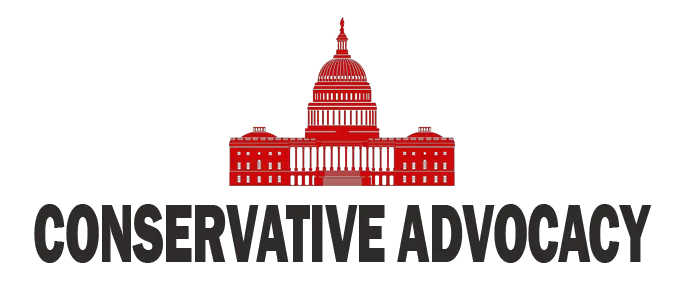The world is watching with bated breath as President Donald Trump navigates the complex web of international diplomacy, particularly with the ever-unpredictable Vladimir Putin. The stakes couldn’t be higher—Ukraine remains under threat, and the situation calls for decisive action and strong leadership. Trump’s recent meetings have highlighted his intention to present a united front with Ukraine while considering the intricate dynamics of Russia’s ambitions.
As tensions mount between Ukraine and Russia, one thing is clear: Putin isn’t backing down. The Russian president has demonstrated a stubborn commitment to control Ukraine, a desire that dates back to the annexation of Crimea in 2014. He isn’t just playing for keeps; he’s playing to reshape Europe’s security landscape in a way that heavily favors Russia. In this high-stakes game of chess, President Trump appears keenly aware that the time for soft diplomacy might be over. The message seems to be that it is essential to apply pressure on Putin while bolstering Ukraine’s defenses.
Interestingly, Trump’s approach is marked by a balance of carrots and sticks. On one hand, he encourages Ukrainian President Zelenskyy to consider negotiations that could lead to peace. On the other hand, he emphasizes the need for real security guarantees for Ukraine—a move aimed at ensuring that Russia understands any aggression will come at a significant cost. This approach is not just about appeasing Zelenskyy but about truly arming Ukraine with the ability to defend itself against a relentless foe.
In a world where NATO partners continue to look to the U.S. for leadership, President Trump has underscored the necessity for European nations to step up their game. NATO Secretary General has echoed this sentiment, expressing that Europe needs to shoulder more responsibility for its own defense. After all, if European countries don’t take their security seriously, America may eventually pull back from its traditional role as protector. This could lead to a significant shift in how global alliances function, pushing for more localized leadership within NATO.
Despite the challenges, it seems like there’s a glimmer of hope. With rising pressures and the ever-increasing costs that Putin faces in this ongoing conflict—casualties and economic struggles—it’s possible that the Russian leader could reconsider his aggressive stance. However, it’s vital that the U.S. and its allies continue to support Ukraine, not just in terms of military aid but also by making it clear that there are real consequences for Russia’s unprovoked actions.
As the world watches, it’s essential to remain optimistic about the prospects of peace while also recognizing the hard realities that come with international negotiations. With Trump at the helm, there’s hope that a firm but fair approach could lead to a resolution that isn’t just a temporary fix, but one that fosters long-term stability and security for Ukraine—and indeed, the wider region. The coming weeks and months promise to be crucial as players from all sides work to navigate this treacherous landscape.




